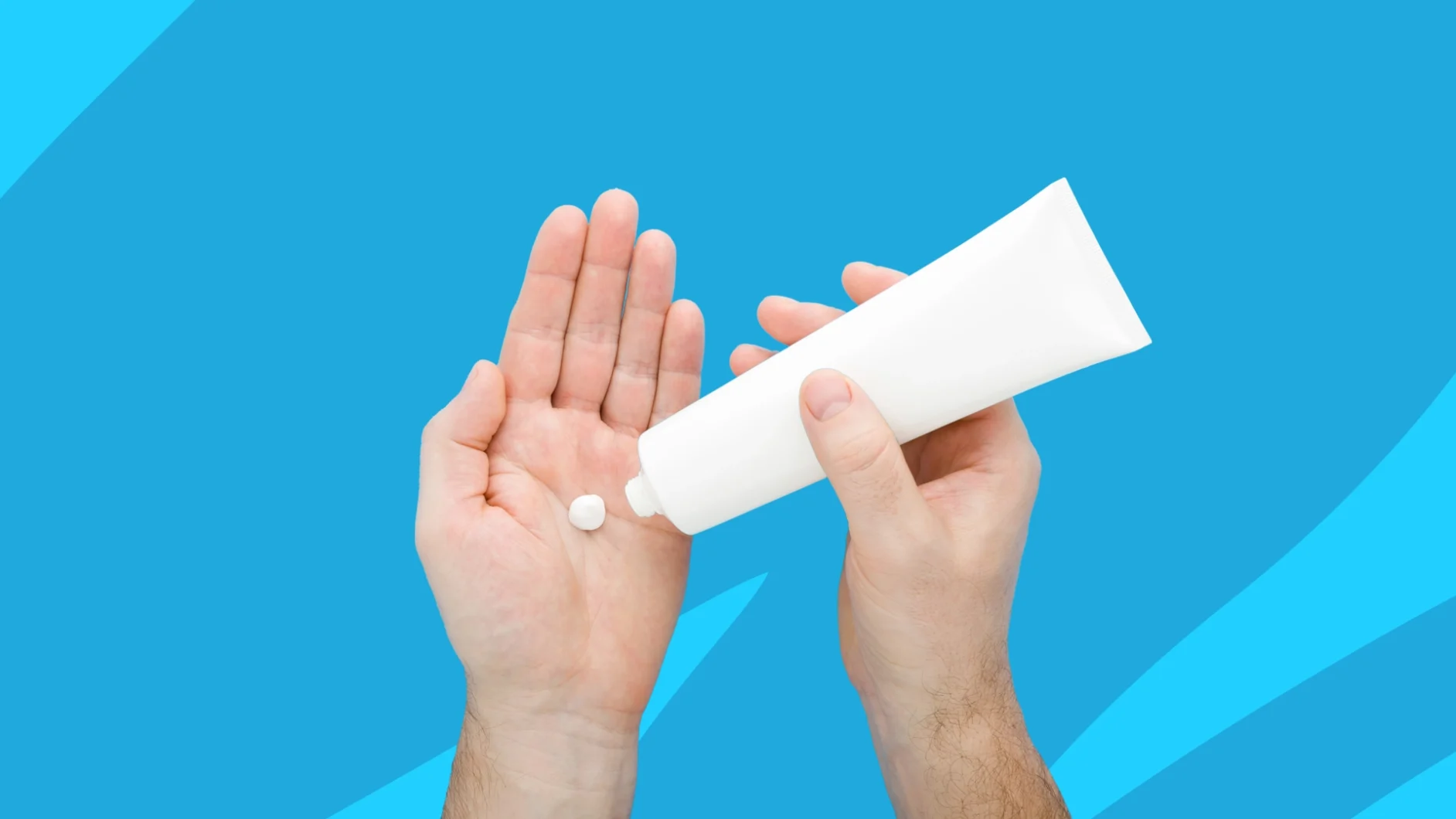Not many skin conditions have a place in pop culture, but stress rash was actually a plot point in the 1998 Farrelly brothers’ comedy There’s Something About Mary. Chris Elliot, who has been itching intermittently throughout the film, is revealed to be Cameron Diaz’s longtime stalker when he appears with his face and head covered in large red welts. As she confronts him, Diaz asks, “The rash thing is still there, right?” Scratching one of the hives, Elliot replies, “They went away for a while, but then you came back into my life.” While this scene was exaggerated for comedic effect, research has found that stress from any cause, even when not caused by unrequited love or obsession, can trigger the appearance of hives or rashes known as urticaria.
Are stress hives common?
Clinically, urticaria is quite common. “I see it every week in my practice,” says Deirdre O’Boyle Hooper, MD, co-founder of Audubon Dermatology in New Orleans, Louisiana. Worldwide, it is estimated to affect 20% of the population during their lifetime. And while urticaria can have other causes, stress is not an uncommon one. “Stress can make any rash worse,” Dr. Hooper says.
What causes a stress rash?
The reason? Skin and the nervous system are intimately connected as early as week three of gestation, Dr. Hooper says. Recent research shows that when you’re stressed, the brain releases chemicals and triggers mast cells. Mast cells are part of the immune system that are present in the skin. They contain compounds called histamines, which contribute to inflammation when released. This can cause a stress rash or hives.
“Since many rashes may have multiple contributing factors, it is hard to know how common it is for rashes to be specifically related to stress,” says Marisa Garshick, MD, a board-certified dermatologist at MDCS Dermatology in New York. Stress from any source can cause elevated levels of the stress hormone cortisol which increases inflammation that can cause rashes, hives, or worsen already existing health conditions such as psoriasis, seborrheic dermatitis, and eczema, Dr. Garshick adds.
Even worse, the stress from experiencing a rash can contribute to more cortisol being released, more subsequent inflammation, and more hives and itchy skin rashes. “It becomes cyclical,” Dr. Hopper says.
What does a stress rash look like?
“In general, stress-induced rashes and hives may still look similar to other rashes and hives, so it can be hard to differentiate,” Dr. Garshick says. That said, there are some giveaways that you’re experiencing a stress rash.
Hives and rashes are characterized by raised red bumps or welts on the skin and are often itchy due to the histamine released by mast cells. “If you’re wondering if you have hives or different rash, hives are never flaky or scaly, they’re smooth,” Dr. Hooper says. They also tend to have an irregular presentation rather than appearing in any kind of pattern.
You can also identify a stress rash or hives by process of elimination: If you haven’t previously had an allergic reaction or allergies and haven’t recently tried any new foods or medications, haven’t used a new laundry detergent, soap, or skin care product, and you’ve been under a lot of pressure or experiencing emotional turmoil when the itchy bumps appeared, it’s likely that the source of your rash is stress-related.
Where do stress hives or rashes typically occur on the body?
Mast cells are found throughout the upper papillary dermis, just below the surface of the skin, so stress hives can appear anywhere, but they are frequently found on the face, head, neck, chest, and limbs. The earliest signs of stress rash are raised, red bumps, which may only be few at first, can vary in size, and may or may not itch. These bumps may increase in number as time goes on, and itch more.
Other stress rash symptoms
If you are experiencing a stress rash or hives, you are likely to have the following symptoms:
- Smooth red welts or bumps of various sizes on your skin
- Itching
- Burning
- Tingling
- Feelings of stress or anxiety
How long do stress hives last?
Not every outbreak of stress rash or hives lasts the same duration. “Depending on the type of rash or hives, it can last anywhere from minutes to hours, to days or weeks,” Dr. Garshick explains. An outbreak often persists if the stress continues.
A stress rash that lasts less than six weeks is considered an acute stress rash. If the stress rash lasts longer than six weeks or is getting worse, consult a dermatologist, Dr. Hooper says.
If you have chronic urticaria, these symptoms may be persistent, lasting weeks or even months. Chronic urticaria is rare, affecting only 1.4% of the general population, but is twice as common among women as it is among men, according to the American College of Allergy, Asthma, and Immunology.
How to treat stress rash
“In some cases, rashes and hives resolve on their own,” Dr. Garshick says. But if your stress urticaria is not a brief, isolated incident, there are several treatments available.
Topical remedies provide temporary relief
The important thing to know about stress rash or hives, says Dr. Hooper, is that they have to be treated internally, not externally. While topical treatments may provide temporary relief, they don’t reduce the histamine response that causes itchiness, redness, and swelling. While you can use home remedies like a cold compress or oatmeal baths for relief, or you can try ointments like Benadryl cream, you’ll likely need to take a pill to treat the rash.
Oral medications are more effective
“Oral antihistamines stabilize mast cells so they don’t release any more histamine,” Dr. Hooper says. Depending on the severity of the stress rash, a dermatologist may prescribe an over-the-counter antihistamine like Allegra (fexofenadine) or something more powerful, like a JAK inhibitor, a type of prescription strength drug that reduces the inflammation causing skin issues like eczema and rosacea.
Stress management prevents recurrent rashes
These medications only treat existing hives and rash, however, so if you want to stop the cycle, you have to address the source of the problem. “Part of treatment is decreasing stress in your life,” Dr. Hooper says. That may mean to avoid flare-ups, you need to prioritize self-care and try stress reduction techniques like mindfulness, meditation, cognitive behavioral therapy, or even mental health medications like SSRIs.
When to see your healthcare provider for a stress rash
Stress hives and rashes are not necessarily something to worry about immediately, but there are definite times you will want to consult a professional—preferably a dermatologist—for medical advice. “If the rash or hives are persisting, or if it is spreading, worsening, or impacting your quality of life, it is best to see a healthcare provider,” says Dr. Garshick. In some cases, healthcare providers may be able to diagnose a stress rash or hives based on clinical appearance alone; in other cases, further work up may be needed that includes lab testing, allergy testing, or a skin biopsy.
“A lot of people put off going to a dermatologist and try to self-treat, but you have to realize this is a feedback loop, and you are walking around with a manifestation on your skin and that’s stressing you out more,” Dr. Hooper says. “Seeing a dermatologist earlier rather than later can help that feedback loop.” If you have a primary care healthcare provider, consider seeing them.
Sources
- Brain-skin connection: Stress, inflammation and skin aging, Inflammation & Allergy Drug Targets (2014)
- Urticaria, Nature Reviews Disease Primers (2022)
- Role of stress in skin diseases: A neuroendocrine-immune interaction view, Brain, Behavior, And Immunity (2024)
- Chronic spontaneous/idiopathic urticaria (chronic hives), American College of Allergy, Asthma, and Immunology











